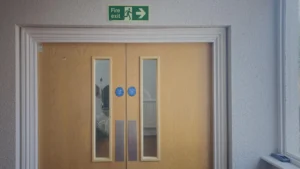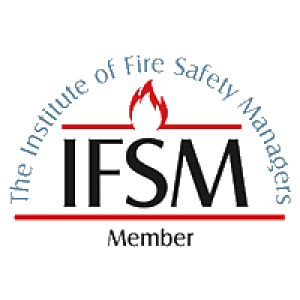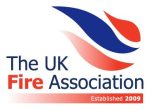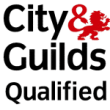The dramatic fire at the Station Hill development in Reading has sparked renewed conversations around fire safety during construction — particularly the dangers of “hot work.”
As the dust settles and investigations continue, the incident serves as a stark reminder that fire risk management must be embedded from the earliest stages of any project, not bolted on as an afterthought.
The Incident That Captured National Attention
On 23 November 2023, a fire broke out at the Station Hill high-rise site — a major commercial development set to house major tenants like PepsiCo.
The building was still under construction when thick black smoke billowed across Reading, prompting emergency services to rush to the scene.
What made headlines nationwide was the heroic crane operator, Glen Edwards, who saved a stranded worker from the flames.
Dubbed the “Bruce Willis of Reading,” Glen’s brave actions earned him a BBC Radio Berkshire Make a Difference award.
Two others were treated for smoke inhalation, but thanks to swift intervention, more serious injuries were avoided.
Hot Work: A Well-Known Risk That Still Isn’t Taken Seriously Enough
Following the incident, the Health and Safety Executive (HSE) issued a clear and urgent message: hot work should be designed out wherever possible.
Hot work refers to any task involving heat, sparks, or open flames — including welding, cutting, or grinding — and has long been identified as a major ignition risk on construction sites.
Despite this, many sites still underestimate or inadequately manage the dangers associated with it.
The HSE made it clear that the industry must take a more proactive stance:
“Hot work should be designed out wherever possible, in order to eliminate fire risk. Those working on construction sites must ensure there are suitable and sufficient measures to manage the risk from fire.”
Key Takeaways for the Construction and Fire Safety Sector
Although the Royal Berkshire Fire and Rescue Service is still finalising its investigation, the early response from regulators and safety professionals is a clear call to action.
Here are three critical lessons construction and safety professionals should be taking from this incident:
- Design Out Fire Risk Early
Wherever hot work is involved, risk elimination should be the first step — not just risk reduction. Alternatives to hot work (such as mechanical fastening or cold cutting) should be prioritised. - Plan for Fire Safety, Not Just Fire Response
Fire risk assessments must be live, working documents that evolve as the project progresses. Fire safety planning should start at the design stage and involve everyone — from contractors to crane operators. - Empower Workers to Act
Glen Edwards’ heroism saved a life — but safety should never have to rely on individual bravery. Every worker should be trained, informed, and empowered to respond effectively to fire risks before they escalate.
Why This Matters Now More Than Ever
As urban developments continue to rise higher and push engineering boundaries, the risks associated with construction fires also increase.
The Station Hill incident should serve as a turning point. It’s not just about compliance — it’s about creating a culture of fire awareness and prevention at every stage of construction.
With the site now set to open to tenants, the incident has left a lasting legacy not just in structural safety, but in the shared responsibility we all have for the wellbeing of those who work on and around these high-risk sites.
At ESI: we’re committed to pushing forward higher standards in both electrical and fire safety. If you’re involved in construction, now is the time to review your fire safety strategy — before the next “near miss” becomes a headline.










